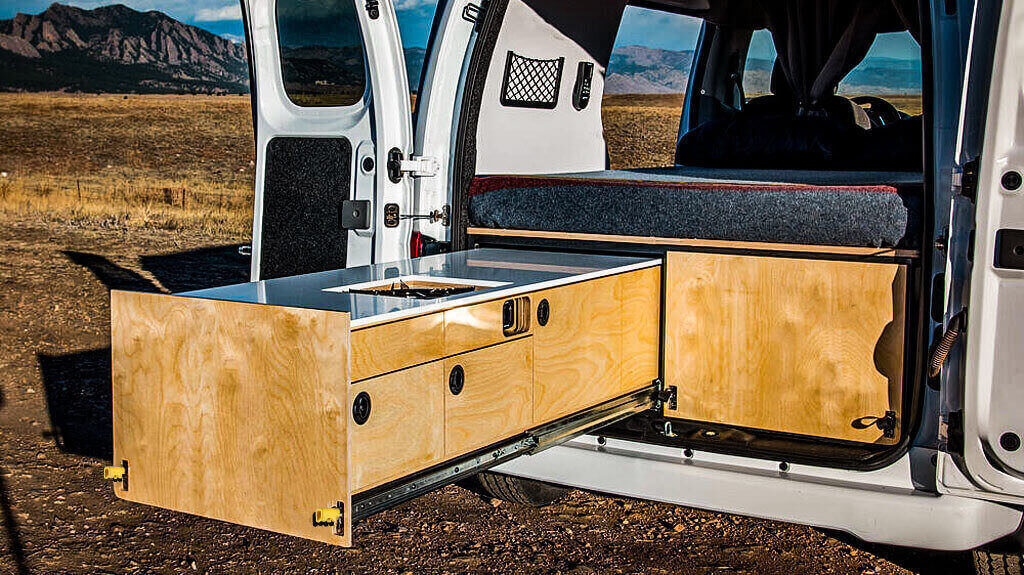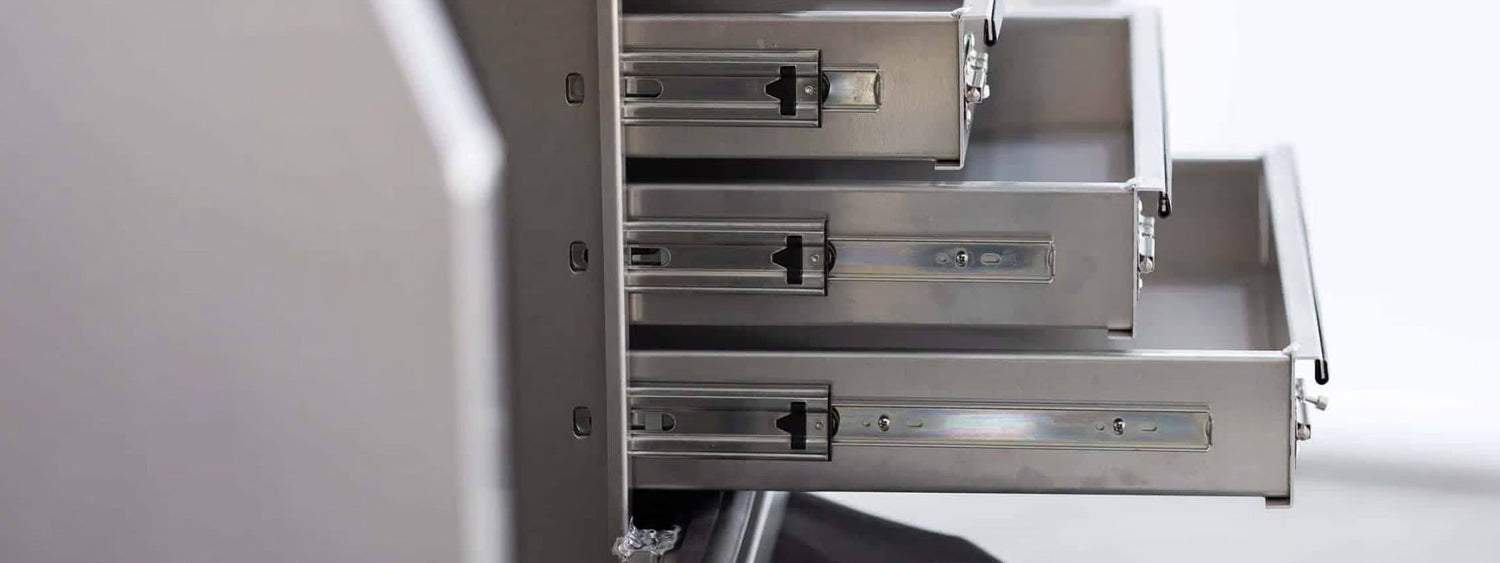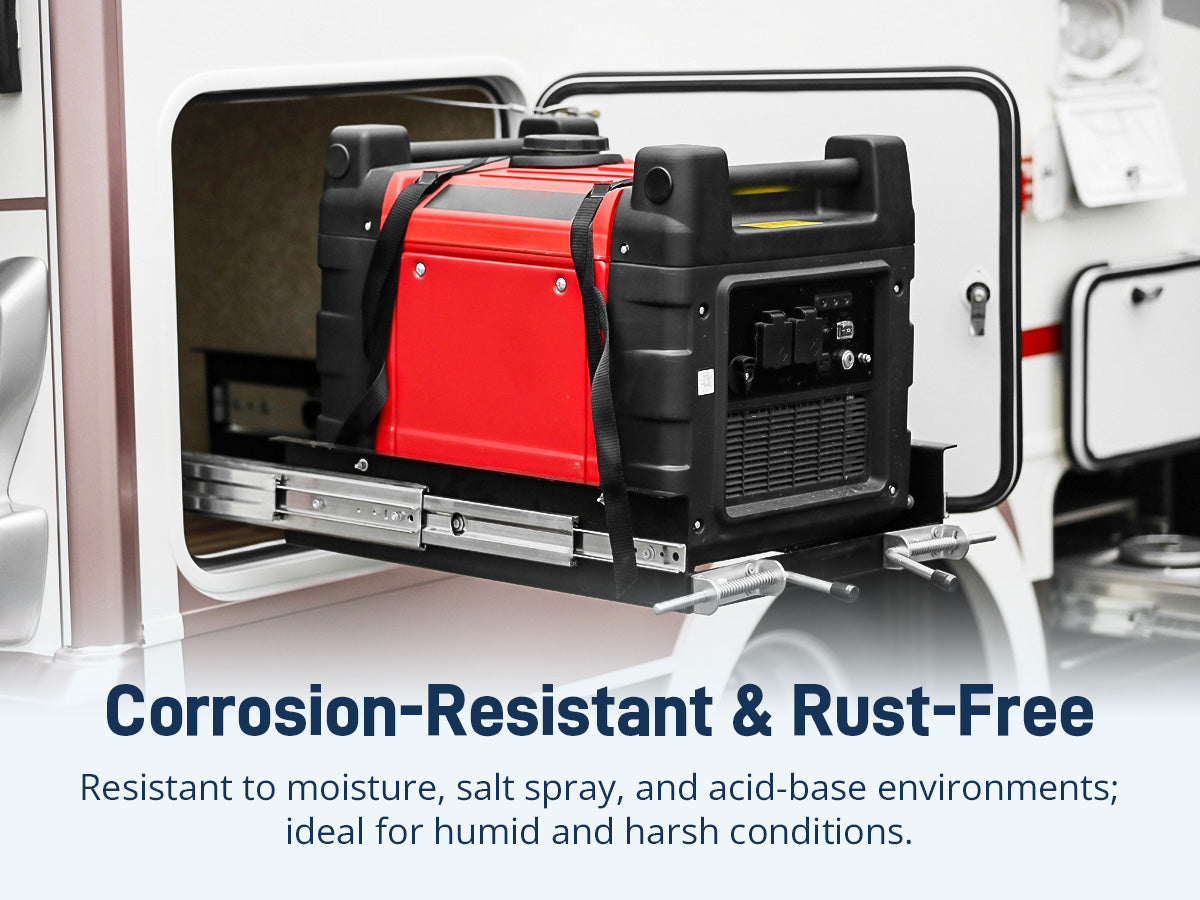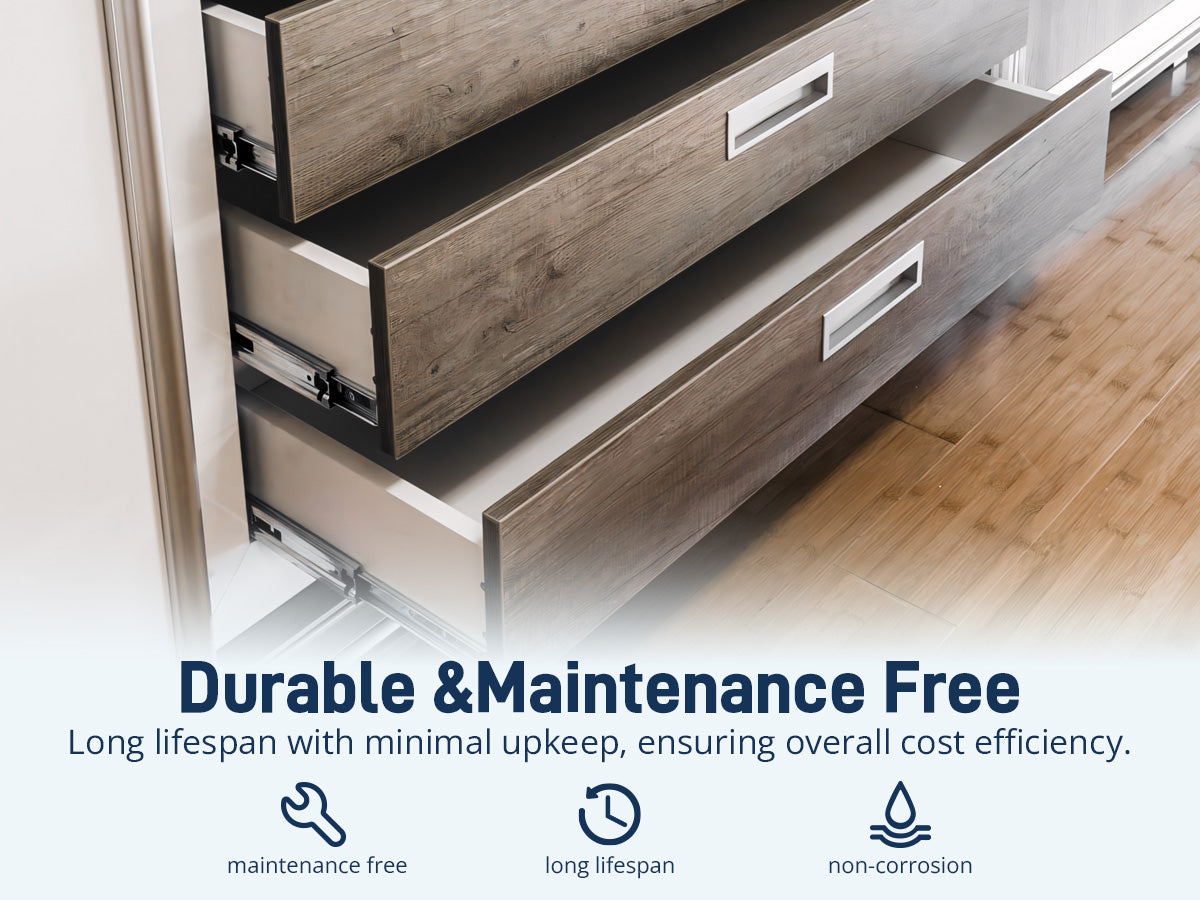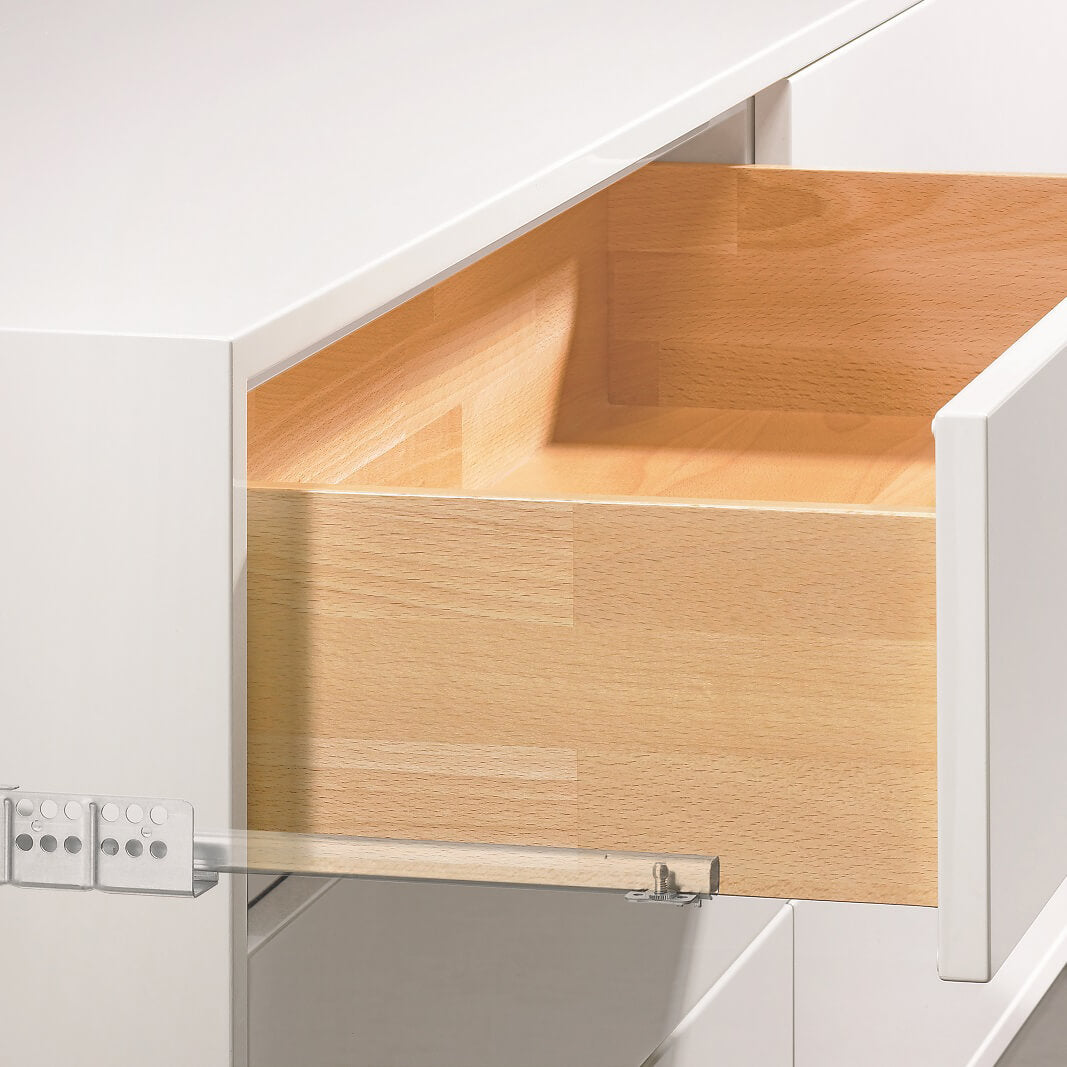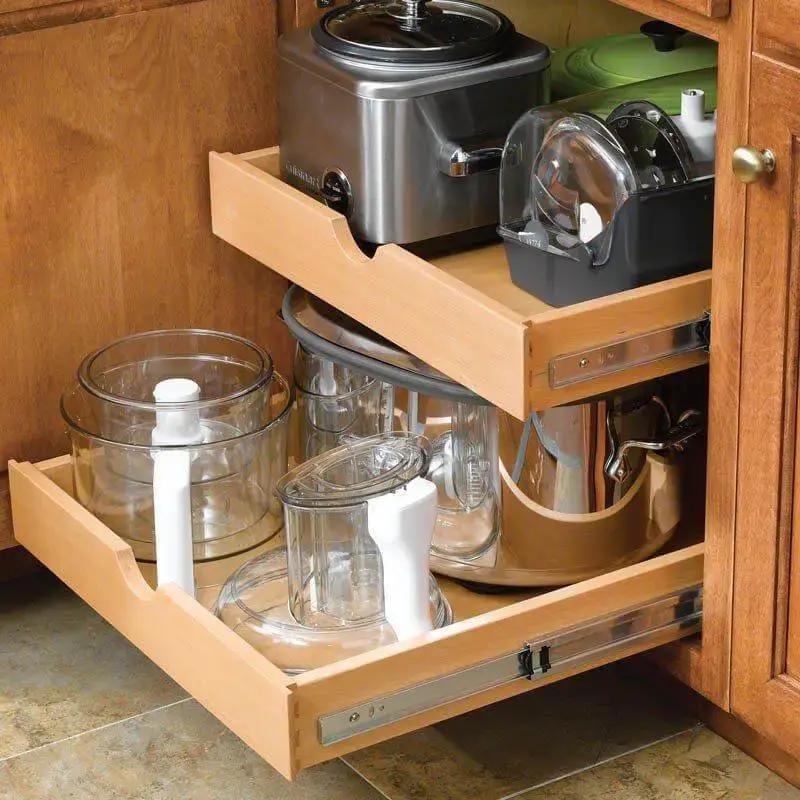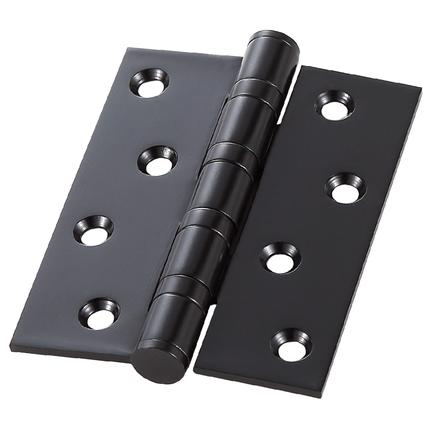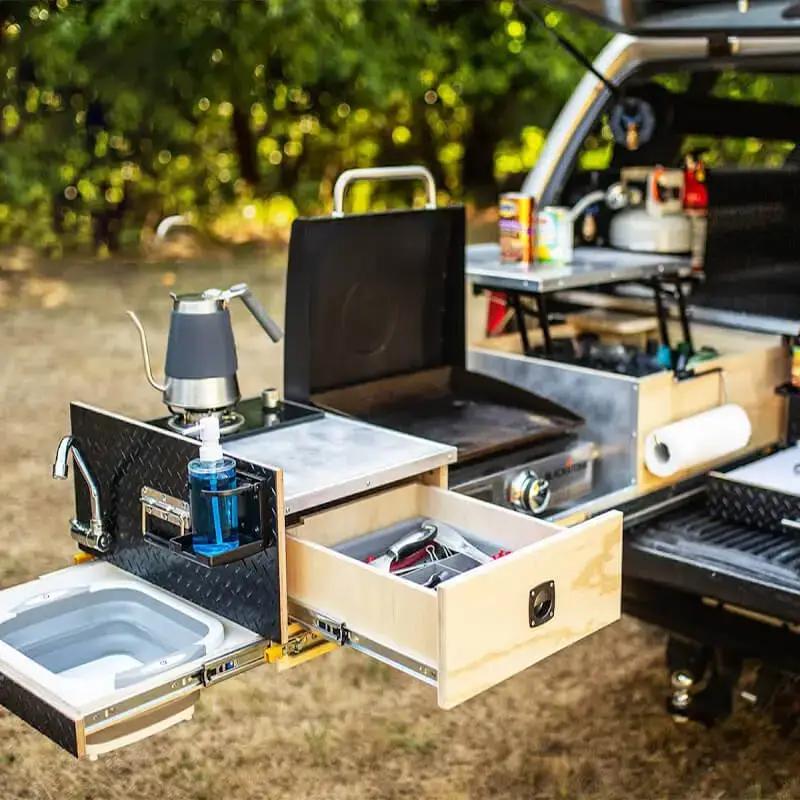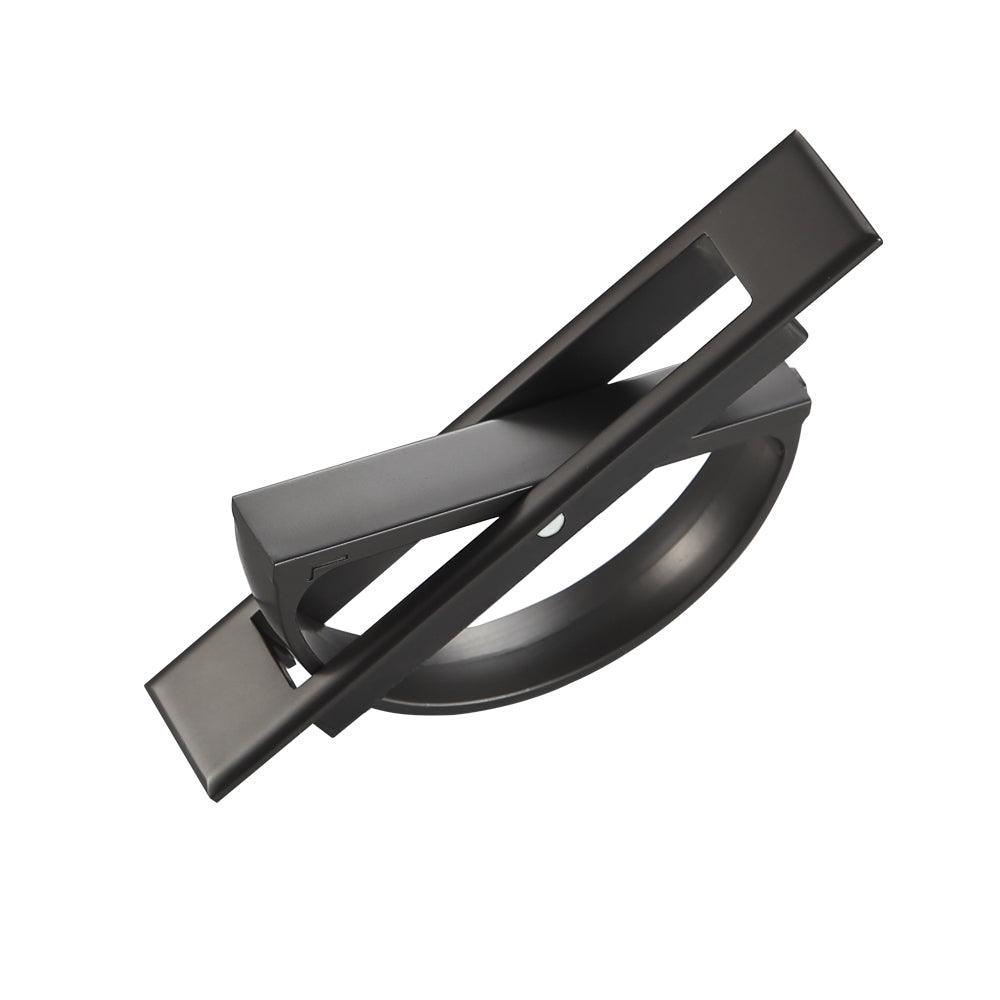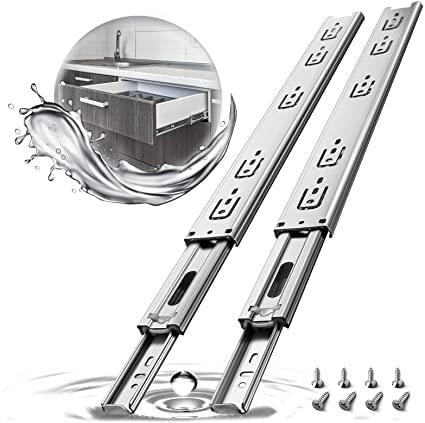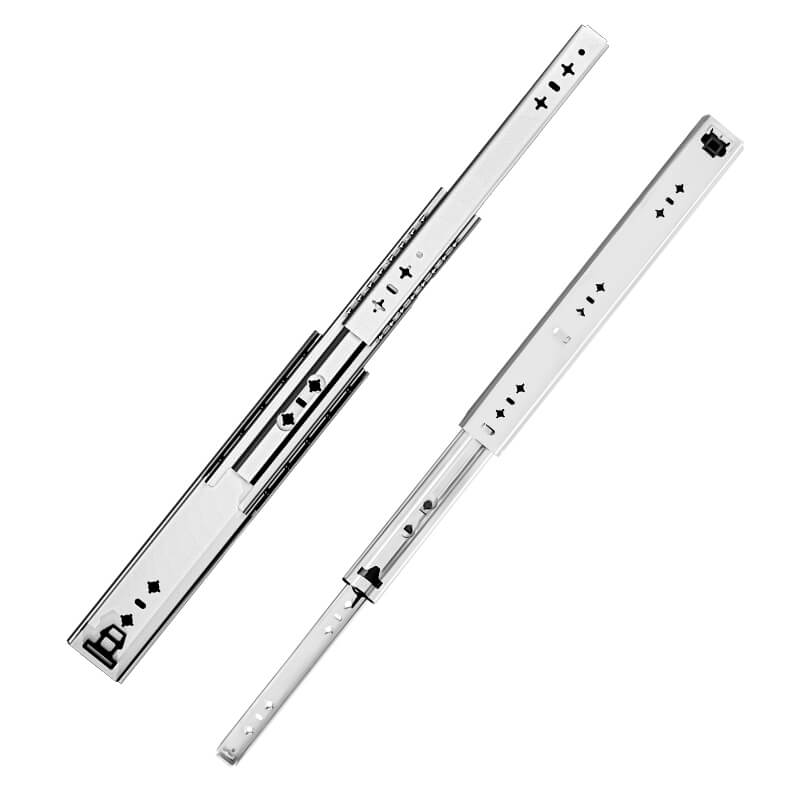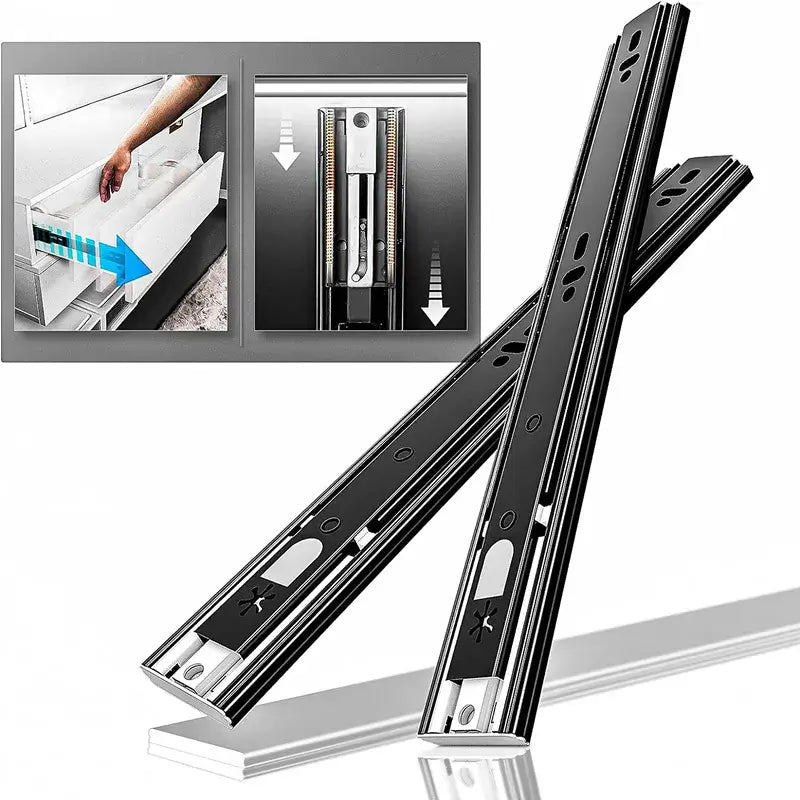Kitchen drawers with sliding mechanisms offer convenient storage but occasionally need removal for cleaning, repairs, or reorganization. Many homeowners struggle with this task simply because they don't understand the different release mechanisms. This guide will walk you through the proper techniques for all major drawer slide types, ensuring you can complete the job safely and efficiently.
Understanding Drawer Slide Types
Before attempting removal, identify which of these three common mechanisms your kitchen features:
-
Side-Mount Slides
The most prevalent type, featuring visible metal rails on both sides with plastic release levers. These account for about 70% of residential kitchen drawers. -
Under-Mount Slides
Hidden beneath the drawer for a cleaner look, these often incorporate a push-to-release mechanism near the rear of the slide. -
Soft-Close Slides
Premium systems that may require specific disengagement techniques, sometimes involving a lift-and-pull motion.
Preparation Steps
Begin by removing all contents from the drawer to reduce weight and prevent accidents. Clear the surrounding area to give yourself ample workspace. Though most removals require no tools, keep a flashlight handy to better view the release mechanisms and a screwdriver available in case of stubborn hardware.
Removal Process by Slide Type
Side-Mount Slide Removal
Fully extend the drawer to reveal the inner rails. On each side, locate the plastic or metal release lever typically positioned midway along the rail. Simultaneously depress both levers while gently lifting the front of the drawer about 30 degrees. Maintain upward pressure as you pull the drawer forward to clear the tracks.
Under-Mount Slide Removal
With the drawer fully extended, inspect the interior near the rear for a small metal tab or plastic button. Applying firm pressure to this release mechanism, carefully pull the drawer straight out. Some high-end models may require you to first lift the drawer slightly before disengagement.
Soft-Close Mechanism Removal
These premium systems often incorporate a safety lock to prevent accidental removal. Look for a discreet release lever or button on the slide's interior. You may need to lift the front of the drawer 1-2 inches while engaging the release mechanism before extraction.
Troubleshooting Common Issues
If the drawer resists removal, first verify you've correctly identified the slide type. Stubborn side-mount drawers may require you to press the release levers more firmly while applying upward pressure. For under-mount systems that won't release, check for secondary locking mechanisms or accumulated debris obstructing the tracks.
When dealing with older or damaged slides, inspect for bent metal or broken plastic components that may be interfering with proper operation. In these cases, you may need to carefully unscrew the slides from the cabinet interior for full access.
Reinstallation Procedures
To replace the drawer, align the slide components perfectly before pushing inward. Listen for an audible click indicating proper engagement. Test the operation by opening and closing the drawer several times to ensure smooth movement. If the drawer feels stiff or misaligned, adjust the slide height using the built-in adjustment screws found on most modern systems.
Maintenance Tips
While the drawer is removed, take the opportunity to clean the slides with a dry cloth and apply a silicone-based lubricant to the moving parts. This preventive maintenance can significantly extend the life of your drawer slides and prevent future sticking issues.
When to Call a Professional
Consider professional assistance if you encounter:
-
Severely bent or damaged metal tracks
-
Broken plastic components that prevent proper operation
-
Custom or specialty drawer systems without visible release mechanisms
-
Structural cabinet damage affecting drawer alignment
Conclusion
With this knowledge, you can confidently remove and maintain your kitchen drawers whenever necessary. Regular cleaning and proper operation will keep your drawers functioning smoothly for years. For more advanced kitchen maintenance tips, explore our related guides on cabinet hardware upgrades and organizational solutions.

